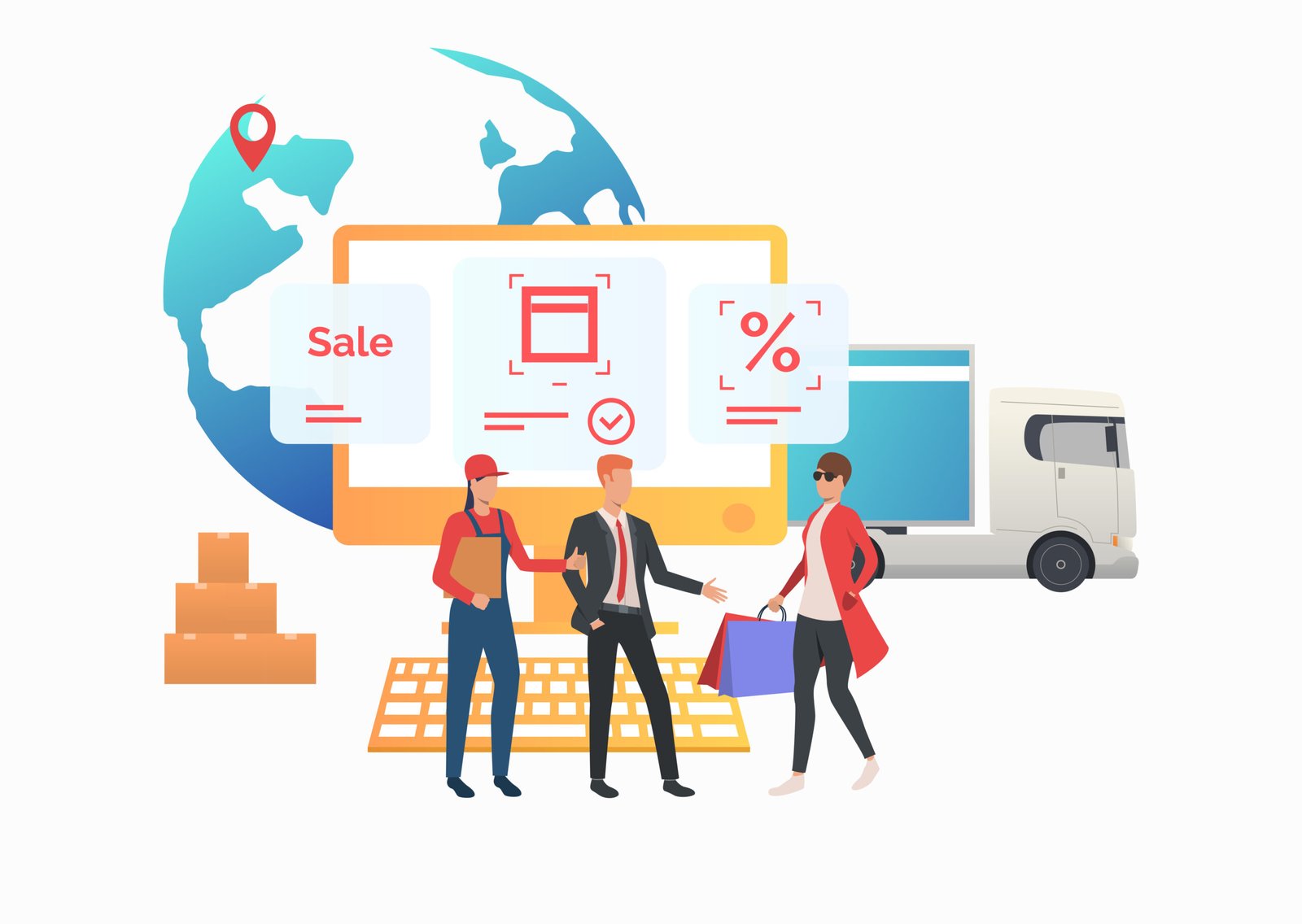The cost of marketplace app development in 2025 is influenced by various factors, from platform choice to advanced features like artificial intelligence (AI) integration. Entrepreneurs looking to break into the growing online marketplace sector need a clear understanding of these factors to plan effectively and avoid budget overruns.
This blog provides a detailed guide to estimating the cost of building a marketplace app, exploring key factors, feature considerations, and strategies for cost optimization.
Understanding the Marketplace App Landscape in 2025
Marketplace apps are digital platforms that connect buyers and sellers. They can serve various industries, including retail (Amazon), services (TaskRabbit), and rentals (Airbnb). With technological advancements and changing consumer preferences, these apps are increasingly sophisticated, requiring careful financial planning.
In 2025, trends like AI-driven personalization, multi-platform functionality, and blockchain-based security are shaping development, making it essential to understand how these elements impact costs.
Key Factors Influencing the Cost of Marketplace App Development
Type of Marketplace
-
- B2C Marketplaces: Facilitate transactions between businesses and customers, requiring features like inventory management and payment processing.
- P2P Marketplaces: Connect individual users, often requiring user verification and reviews.
- B2B Marketplaces: Focus on bulk transactions and advanced order management.
- Cost Impact: B2C and B2B platforms often cost more due to complex logistics and payment features.
Development Platform
- iOS, Android, or Both: Developing for a single platform is more cost-effective but limits your audience.
- Cross-Platform Apps: Frameworks like Flutter reduce costs by enabling simultaneous iOS and Android development.
- Web Apps: Essential for broad accessibility, especially in B2B settings.
- Cost Impact: Cross-platform apps can save 30–40% compared to separate platform development.
Features and Functionalities
-
- Basic Features: Registration, user profiles, product/service listings, and payment gateways.
- Advanced Features: AI-driven recommendations, AR/VR for product previews, multi-currency support, and blockchain for secure transactions.
- Cost Impact: Each advanced feature can add $10,000–$50,000 to the budget.
Design Complexity
- An intuitive and visually appealing design enhances user retention.
- Custom UI/UX: Requires a higher investment but improves brand identity.
- Template-Based Design: Cost-effective but may not stand out in a competitive market.
- Cost Impact: Custom designs typically range from $10,000 to $50,000.
- Team Location and Expertise
- Onshore Teams: Typically charge $100–$200/hour in regions like North America and Western Europe.
- Offshore Teams: Regions like Asia and Eastern Europe charge $20–$80/hour, offering significant cost savings.
- Cost Impact: Choosing offshore teams can reduce costs by up to 60%.
Technology Stack
- The technology used affects performance, scalability, and costs.
- Front-End: React.js, Angular, or Vue.js.
- Back-End: Node.js, Django, or Ruby on Rails.
- Database: PostgreSQL or MongoDB.
- AI Tools: TensorFlow for AI and machine learning.
- Cost Impact: A modern and scalable stack may increase costs initially but reduce maintenance expenses later.
Steps to Accurately Estimate the Cost of Marketplace App Development
- Define the App’s Scope
Create a detailed project scope that includes:
-
- Target audience.
- Core features.
- Long-term goals.
A well-defined scope prevents unexpected expenses during development.
- Prioritize Features
Start with a Minimum Viable Product (MVP) to test the market and gather user feedback. This reduces initial costs and informs future updates.
- Choose the Right Development Approach
- Native Apps: Offer superior performance but are more expensive.
- Hybrid Apps: Cost-effective and faster to develop but may lack some native features.
- Low-Code Platforms: Accelerate development and reduce costs for simple marketplaces.
- Partner with Experienced Developers
Work with developers who have a proven track record in marketplace app development. Experienced teams can anticipate challenges and reduce development time.
- Factor in Maintenance and Updates
Budget for ongoing maintenance, updates, and feature additions, which are crucial for app longevity and user satisfaction.
How Emerging Trends Impact Development Costs in 2025
- Artificial Intelligence (AI)
AI-powered features like chatbots, fraud detection, and recommendation engines are increasingly common. While they add functionality, they also raise development costs.
Cost Impact: $10,000–$50,000, depending on the complexity of AI features.
- Blockchain for Security
Blockchain ensures secure transactions and data integrity. It’s especially relevant for high-value marketplaces.
Cost Impact: $20,000–$60,000 for full implementation.
- Augmented Reality (AR)
AR features, such as virtual try-ons or property tours, are gaining popularity in e-commerce and real estate marketplaces.
Cost Impact: $10,000–$40,000 for AR integration.
- Voice Search and Accessibility
Integrating voice search and accessibility features caters to a broader audience, enhancing inclusivity and convenience.
Cost Impact: $5,000–$15,000.
Cost Optimization Strategies for 2025
- Outsource Development
Partnering with offshore teams can significantly reduce costs without compromising quality.
- Use Existing Tools and APIs
Leverage pre-built APIs for common features like payment gateways, analytics, and notifications.
- Iterative Development
Adopt an agile methodology, focusing on incremental updates and prioritizing features based on user feedback.
- Cloud Solutions
Cloud services like AWS or Google Cloud can be used to reduce infrastructure costs.
Conclusion
Estimating the cost of marketplace app development in 2025 involves evaluating multiple factors, from app type and features to the development team’s location and technology stack. While the total cost can range from $50,000 to over $300,000. Strategic
planning and prioritization can help you optimize your budget.
By starting with a clear project scope, embracing cost-effective tools, and staying updated on technological trends, you can create a marketplace app that meets user expectations while remaining within your budget. Investing in a scalable, feature-rich marketplace app is an investment in long-term success in the thriving digital economy of 2025.


